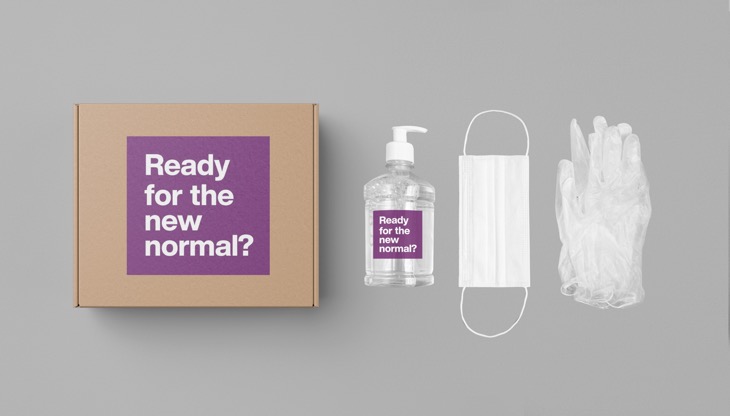Rhetoric is understood as the art of good saying, while oratory is the art of speaking eloquently. Both are essential for our influence and public image.
The origins of rhetoric
Rhetoric is still based on the structure designed by the ancient Greeks. For them, the discourse consists of the inventio (the contents) and the dispositio (how the contents are organized in a structure).
The discourse was structured in four parts:
- The exordium (the initial part that tried to capture the attention of the audience and to present the structure of the contents),
- The narratio (the exposition of the subject and the thesis),
- The argumentatio (the presentation of the reasons that sustain the thesis),
- And the peroratio (the summary of what has been said).
It is a circular structure that is a key message to ensure that essential information has been captured and the audience has been convinced.
Effectivity and motivation
The effectiveness of communication, stems from the good structuring of the message we want to put through. Being clear about the objective and purpose of the message will help us to be effective and achieve a higher degree of motivation from the recipient of the communication. Why do I say what I say and for what reason?
- Conveys with clarity the objectives of the message. Be concrete and specific.
- Encourage feedback from the recipient to motivate with the message.
- Generate empathy and closeness with the recipient.
- Argue the speech with resources such as storytelling examples or personal anecdotes that encourage the identification of the speakers.
- Include your audience in your speech, to make them feel part of it.
- Use the magic words: “please” and “thank you”.
- To encourage team work, value the goals achieved by others and thank them for their effort.
- Avoid using general terms or restrictive words such as “always” or “never”.
- Don’t use negative language: change a “but” for an “and”. “But” in communication is a universal eraser: I liked it but…
- Expect the best from your team/students, transmit optimism, think positive and be constructive with your criticisms to encourage good work.
- Transmit enthusiasm and generate achievable and clear challenges. Spread optimism, passion for excellence and willing of overcoming yourself.
The keys of the message
For a correct building of the message, ask yourself this question first:
- What do I want to say?
- Less is more. Having a clear idea of the essence of the message and knowing how to communicate in a synthetical way is the key. This will help us to have a focused message.
- How am I going to say it?
- The words and the structure we use for our speech are essential in order to be understood, as well as the emotion we transmit.
- Who am I talking to?
- Having your audience in consideration, their perceptions and expectations, not taking anything for granted, is the key for an efficient speech.
- What do I want to achieve?
- Why do I say what I say is key in communication. We must be certain about what action or feeling we want to generate.
HAVING KNOWLEDGE BUT LACKING THE POWER TO EXPRESS IT, CLEARLY IS NO BETTER THAN NEVER HAVING ANY IDEAS AT ALL. PERICLES
10 tips for effective communication
- Structure your message in a simple way.
- Speak correctly and specifically.
- Make it short. The good, if short, is twice as good.
- Don’t make a message overload. Emphasize on a central subject.
- Focus more on the present (reality, results, success) than on the future (what is left to do).





